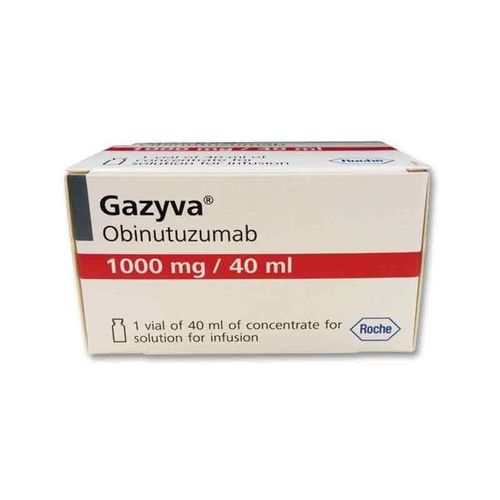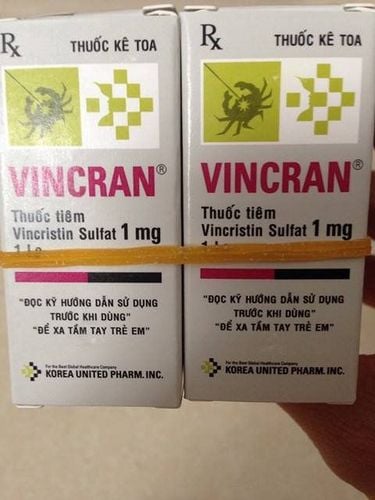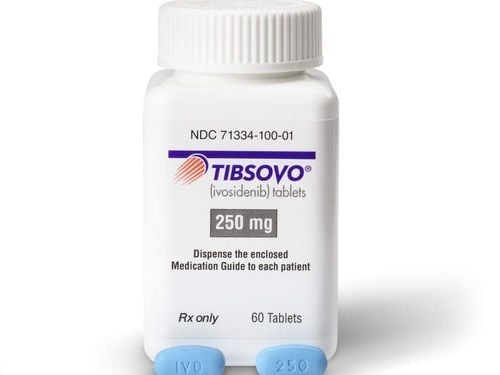This is an automatically translated article.
Acute leukemia cannot be cured, but thanks to the advancement of treatment methods, the treatment results have been significantly improved. The following article will help us learn more about this disease.1. What is Leukemia?
Acute leukemia (or blood cancer) is a disease caused by cancerous blood cells in the process of creating cells, these cancer cells multiply very quickly and if left untreated, they will accumulate in the marrow. bone and interfere with the subsequent production of normal blood cells.Acute leukemia cannot be cured, but thanks to the advancement of treatment methods, the treatment results have been significantly improved.
Leukemia is classified into two main groups including:
Acute lymphocytic leukemia Acute myeloid leukemia
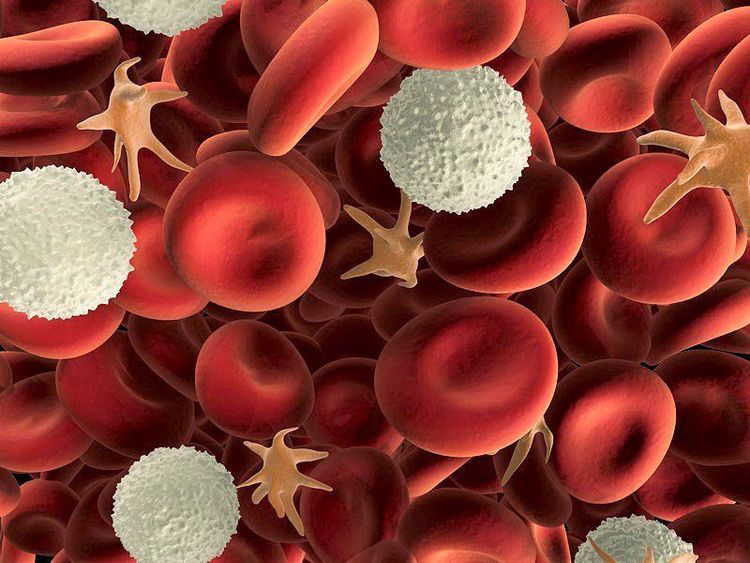
Bệnh bạch cầu được phân loại thành hai nhóm chính bao gồm: Bệnh bạch cầu cấp dòng lympho và Bệnh bạch cầu cấp dòng tủy
2. Common types of leukemia
There are four main types of leukemia in adults:Acute lymphocytic leukemia (ALL) Chronic lymphocytic leukemia (CLL) Chronic lymphocytic leukemia (CLL) Bone marrow cells Acute myeloid leukemia (AML Chronic myeloid leukemia (CML) Chronic myeloid leukemia (CML) When suffering from leukemia, the patient will show some signs of the disease as follows, including:
For patients with acute leukemia there will be the following manifestations:
Fatigue, pale skin, dizziness, or headache, Easy bruising Bleeding that does not stop easily Red spots, head size fingers on skin Weight loss, nausea, vomiting Fever Bone, back, or abdominal pain Swollen lymph nodes, also known as glands Enlarged liver or spleen In women, menstrual periods last longer than usual Rash appear on the skin Wounds or sores that do not go away For patients with chronic leukemia some symptoms will appear such as:
Swollen lymph nodes or glands in the neck, under the arms or in the groin. Fever, chills, night sweats, and weight loss Recurrent infections Unusual bleeding Difficulty breathing Fatigue Feeling full even without eating much Fatigue or weakness, such as shortness of breath when doing daily activities

Đối với những bệnh nhân mắc bệnh bạch cầu mãn tính sẽ xuất hiện một số triệu chứng như khó thở, mệt mỏi
3. Leukemia Diagnostic Methods
Doctors use many tests to find, or diagnose, leukemia. Doctors may also do tests to learn which treatments might work best.For most types of cancer, a biopsy is the only sure way for a doctor to know if an area of the body is cancerous. During a biopsy, the doctor takes a small sample of tissue for laboratory testing. If a biopsy is not possible, your doctor may recommend other tests that will help with the diagnosis.
The following tests may be used to diagnose leukemia:
3.1 Blood tests To diagnose leukemia, your doctor will do blood tests to count the number of white blood cells and see if they are clear. looks abnormal under the microscope or not. Special tests called flow cytometry, or immunological and chemometric modeling are sometimes used to distinguish other types of leukemia and to determine the exact subtype of leukemia
3.2 Aspiration Bone marrow aspiration and biopsy Aspiration and biopsy are two necessary procedures to examine bone marrow. Bone marrow has both a solid and a liquid part. A bone marrow aspiration removes a sample of fluid with a needle. A bone marrow biopsy is the removal of a small amount of solid tissue with a needle. The pathologist then analyzes the sample(s). Your doctor will explain lab tests and evaluate cells, tissues, and organs to diagnose disease. A common site for performing bone marrow aspiration and biopsies is the pelvis, which is located in the lower back of the hip. The skin in that area was numbed before the medication was applied. Other types of anesthesia (medications to block perception of pain) may also be used. If blood tests indicate AML,
3.3 Molecular and Genetic Testing Your doctor may recommend running lab tests to identify specific genes, proteins, and other factors associated with leukemia. bridge. Examining the genes in leukemia cells is important because leukemia can be caused by mutations in a cell's genes. Identifying these mutations helps diagnose leukemia and determine treatment options. In addition, the results of these tests can also be used to monitor how well treatment is going.
3.4 Imaging The imaging tests listed below may be used to learn more about the cause of symptoms or to help diagnose infections in patients with leukemia.
CT scan (CT or CAT scan) is a test that creates a 3-D image of the inside of the body using x-rays taken from different angles. A computer combines these images into a detailed, cross-sectional view of any abnormalities. Sometimes, a special dye called a contrast medium is given before the scan to provide better detail on the image. This dye can be injected into a patient's vein or given as a pill to be swallowed. Magnetic resonance imaging (MRI) is a test that uses a magnetic field, not x-rays, to create detailed images of the body. A special dye called contrast medium is given before the scan to create a clearer picture. This dye can be injected into a patient's vein or given as a pill to be swallowed. A PET-CT scan is a way to create images of organs and tissues inside the body. A small amount of radioactive sugar is injected into the patient's body. This sugar is absorbed by the cells that use the most energy. Because cancer tends to use active energy, it absorbs more radioactive material. A scanner then detects the substance to create images of the inside of the body. PET scans can be used to find medullary sarcomas and learn how well the sarcoma is treated. 3.5 Lumbar puncture, also called lumbar puncture.
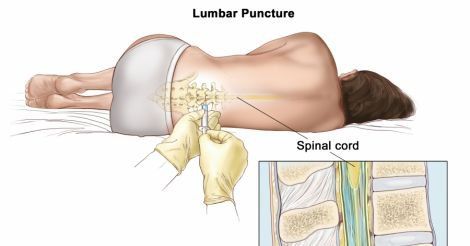
Chọc dò thắt lưng là một thủ thuật trong đó bác sĩ sử dụng kim để lấy mẫu dịch não tủy (CSF) để xem xét thành phần của chất lỏng và tìm ra nó có chứa tế bào bạch cầu hoặc máu
To book an appointment and do tests at Vinmec International General Hospital, you can contact Vinmec Health System nationwide, or register online HERE.
Articles refer to the source: cancer.net
SEE ALSO:
In what cases is the white blood cell reduced? Elevated white blood cells indicate what disease? What is the number of white blood cells in the body?




